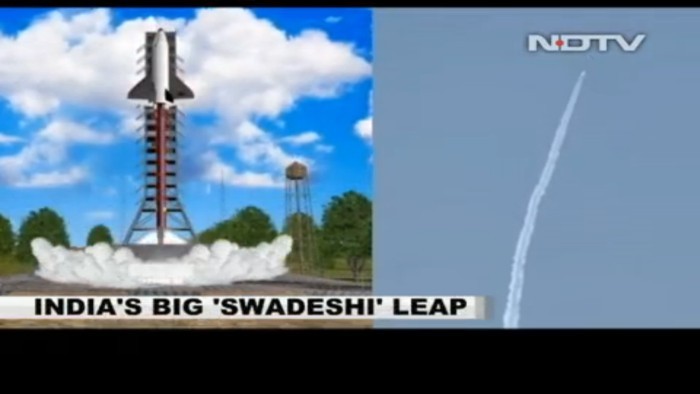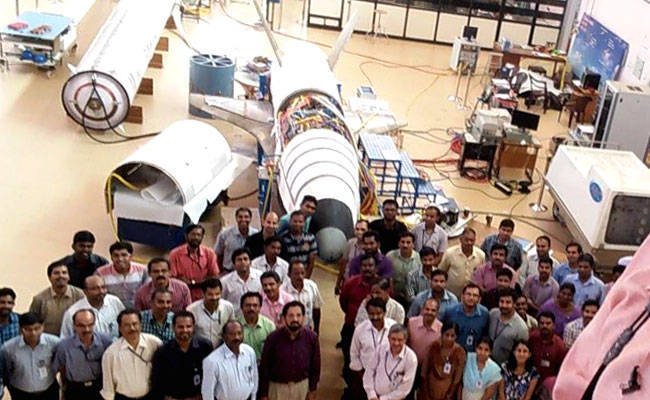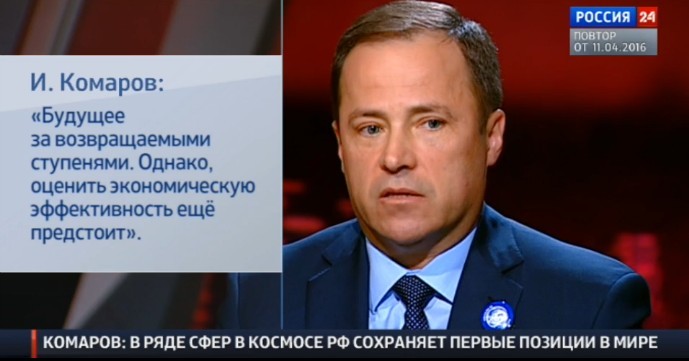India has experienced a 6.5 meter return scale model

Today at 4:30 Moscow time from the Sriharikot cosmodrome (Andhra Pradesh) the launch of the reduced model RLV-TD (Reusable launch vehicle - Technology demonstration - "Reusable launch vehicle - technological demo") took place.
The first stage (shuttle) was delivered to a height of 70 km by a nine-ton rocket engine, which was then disconnected and dropped into the ocean. The shuttle with its own engines made a "landing" on the water in the Bay of Bengal, 500 km from the cosmodrome. It predictably collapsed during landing, but provided telemetry data for technology verification and further data analysis.

')


This is the first test launch of the RLV-TD. India began to create its own space shuttle more than ten years ago, following the example of American and Soviet designs that made successful flights with a return of 135 and 1 time, respectively.
Now 600 engineers of the Indian Space Research Agency are working on the RLV at the Aerospace Center. Vikram Sarabhai in Thiruvananthapuram.


After the successful experiments of SpaceX, other countries also began active development of returned missiles. India did not stand aside. According to experts, the returned ships will help reduce the cost of removing the cargo from the current $ 20,000 per kg to $ 2,000 per kg, that is, ten times.
India will conduct several more prototype launches before testing a full-sized 40-meter shuttle, which is planned to be commissioned by about 2030.
India allocated a budget of $ 1.1 billion for the space program this year (comparable to the Russian space program).
In Russia, the financing of the rocket with a returnable first stage in January 2016 was excluded from the project to finance the Federal Space Program for 2016–2025, but in April 2016, the general director of the state corporation Roscosmos, Igor Komarov, said that the future of cosmonautics is behind the return stages.

Work is under way in this direction, it is only in the timing of bringing such steps into commercial operation. Igor Komarov believes that by the end of 2016, “principled and new directions on which we will focus” will be formulated.
Source: https://habr.com/ru/post/369133/
All Articles